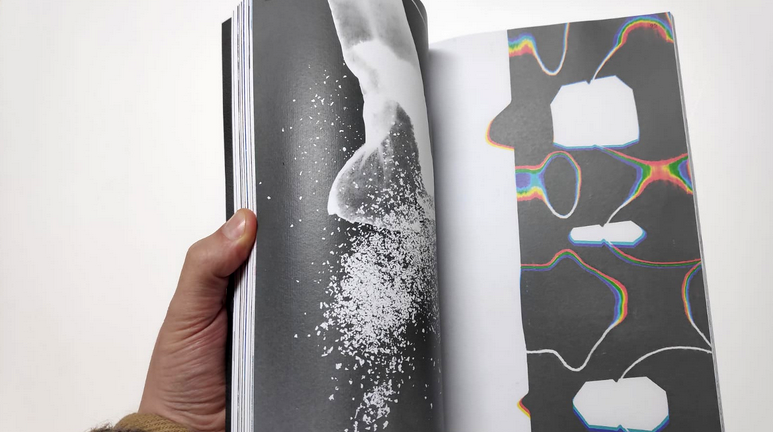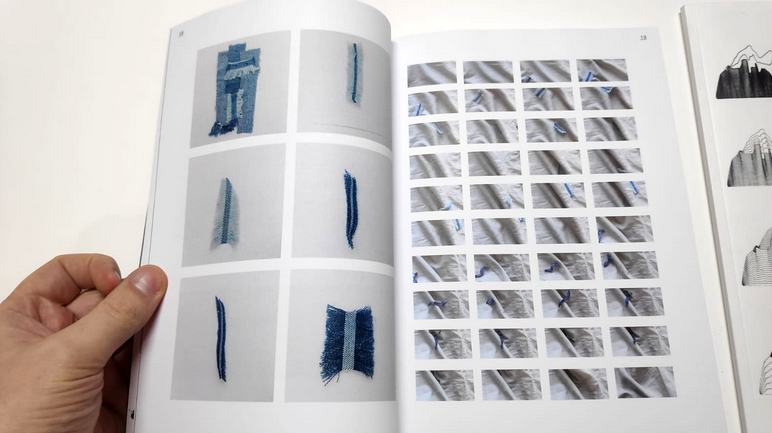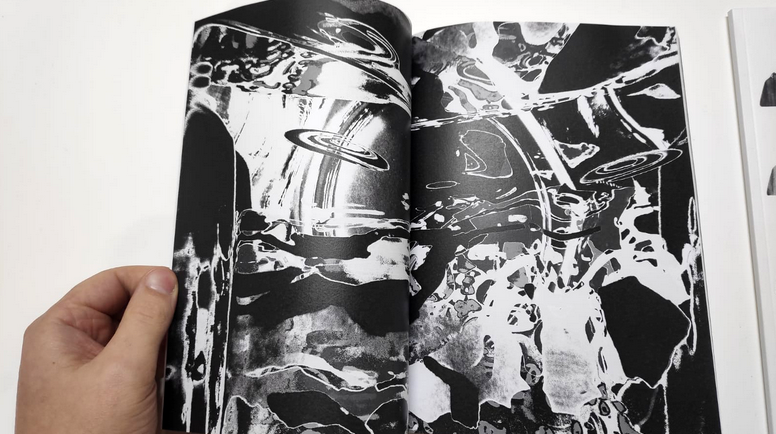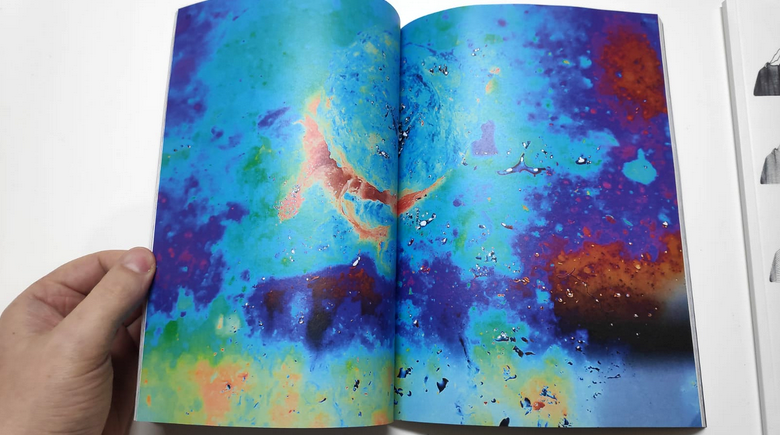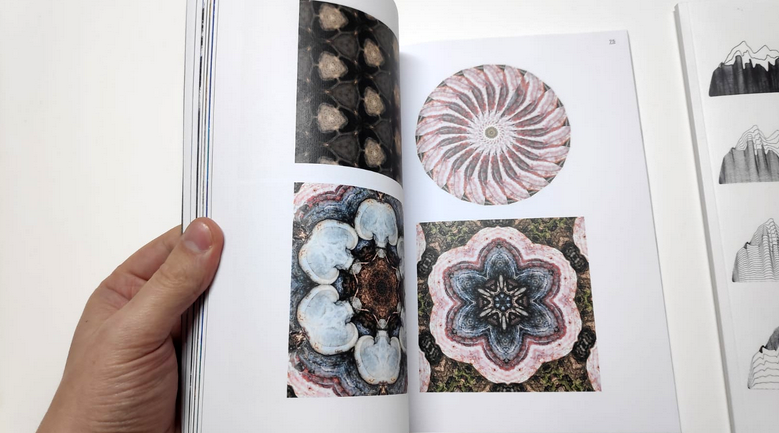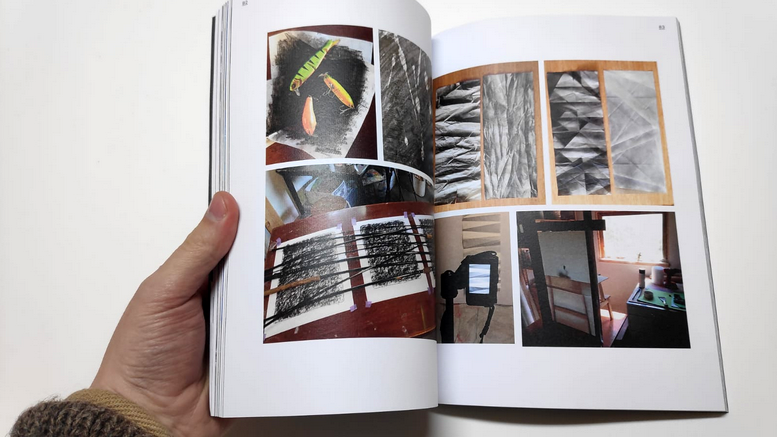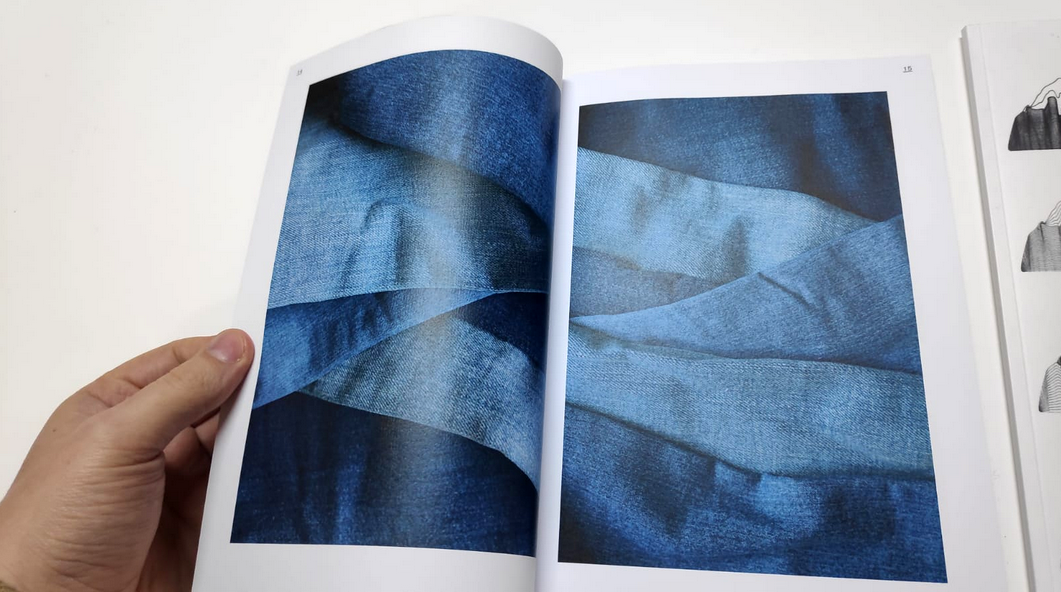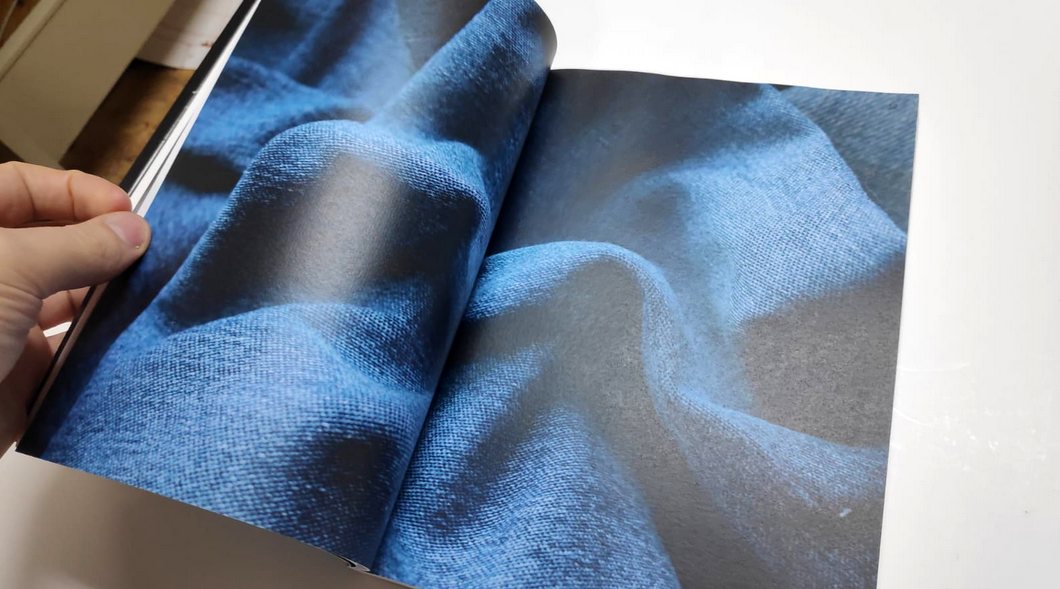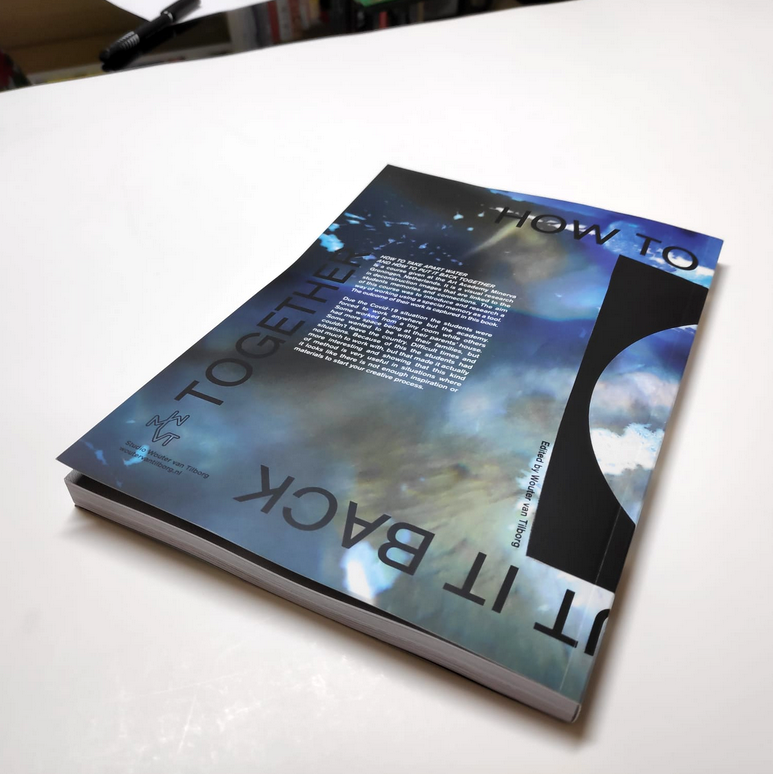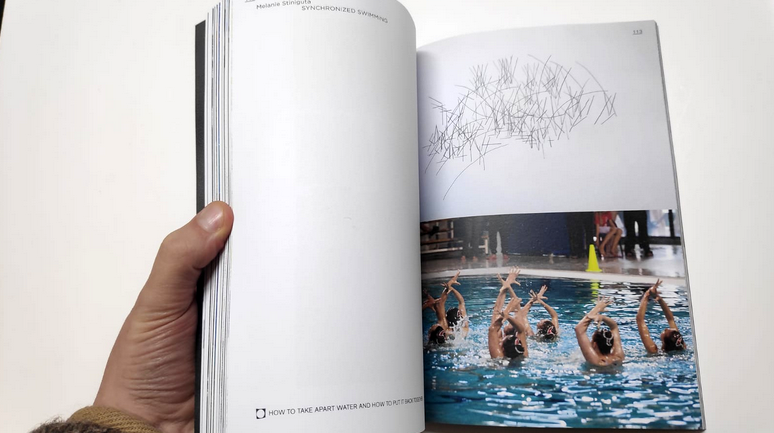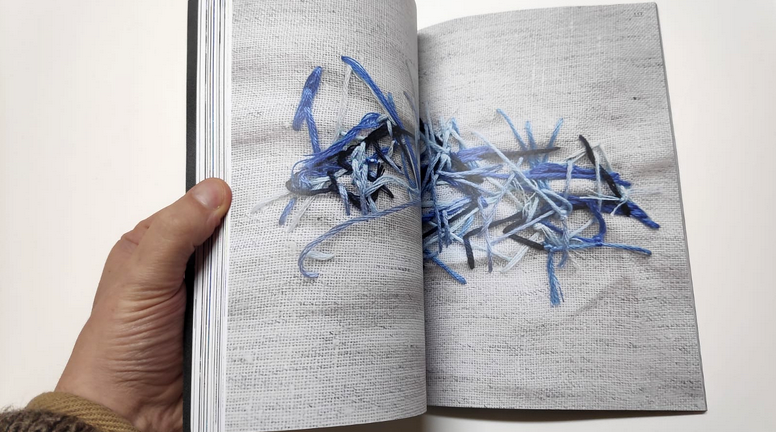During the ‘Offcourse’ at the Art Academy I choose to experiment with combining memories and associations to turn those into tools for a design process.
The aim was to create a visual research that lets the students explore this kind of working and see if this could be a valuable method. For example, later when students face difficulties during a project, they can think back on this course and hopefully have a technique or method that they can apply to solve their problems.
Because I was working a lot with water, I was very curious what other people would do with that subject. And so, I let the students think of memories and associations with water. I let them create or collect a library of visuals that represented that memory. After this they had to slowly let go of the context and look for interesting parts in those visuals such as colors or shapes that had an association for them. Every step had to be visualized and so the visual research was starting to take shape.
The goal was to let them use a memory in combination with their associated capabilities to create new visuals. It was never about good, bad, beautiful or ugly. The process is what matters the most.
And this course has proven that even in these kinds of situations there is always something to work with. Set up a way of working and don’t be afraid, don’t get blocked in the process.
The students had to be creative in what materials to use. Most of them were at home and could not go to the Art Academy due the Covid situation. This brought some interesting ways of working to the light. As you can see in this book, they used whatever was around them. Remember, it was not about beautiful or ugly, it was about creating a process. They made very good use of their associations with water and responded well with creative outcomes. Some made their own light box with a window and some sunlight. Some used their own clothes to represent the ocean with living creatures that swim around and presented that with an animation. Some made the association with everything but water or responded to the drinks that were never ordered, instead it was water. Or how the form that water leaves behind in the sand can be associated with aging skin? In the end many memories, associations, techniques and materials were used!
It is important to know that this book is not an exact guide on how to use this method. This book is a presentation of the results of the students, which can be used as inspiration when creating new work.

